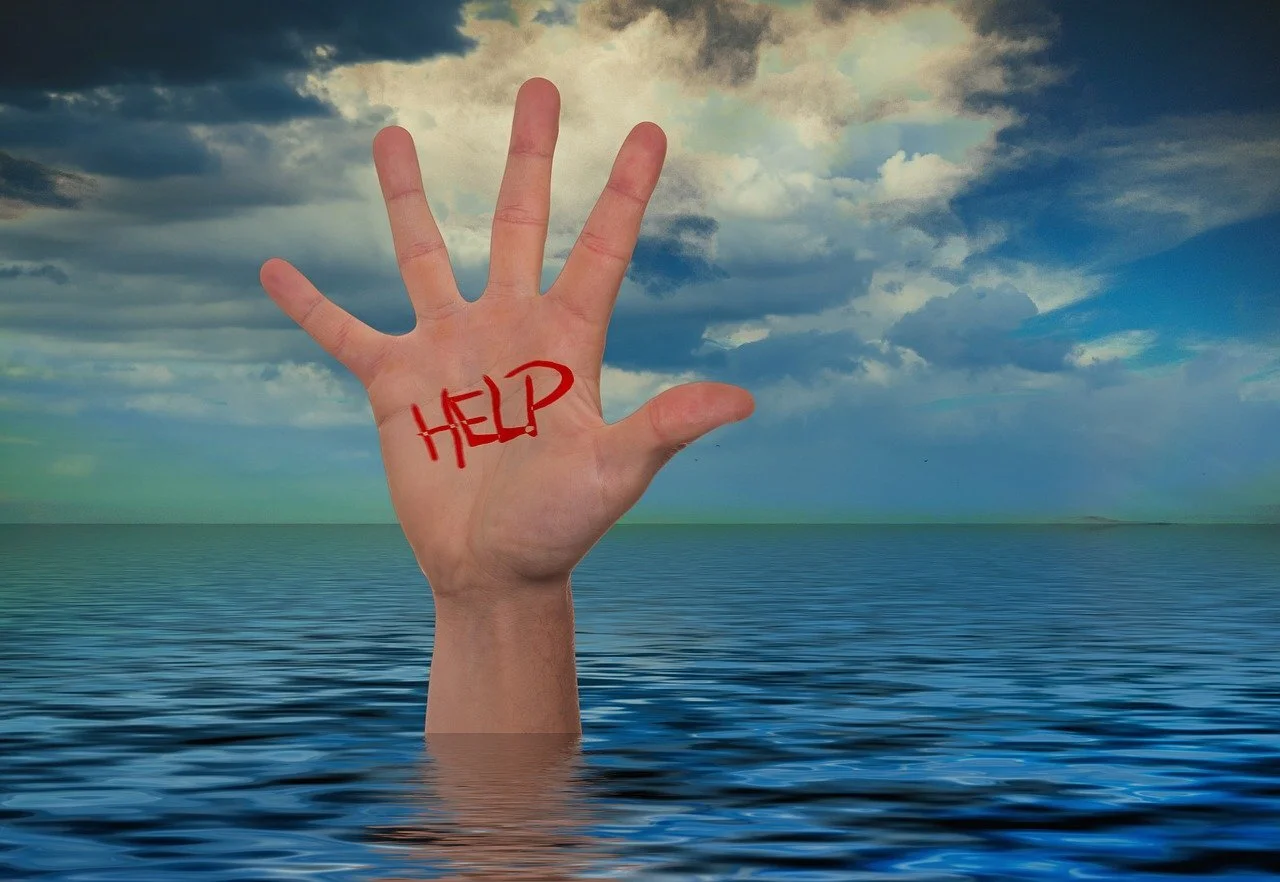4 things I wish people knew about BPD
As part of Time To Change’s summer Story Camp, I wanted to tackle some of the issues surrounding BPD / EUPD that I wish people understood more. Here’s my top 4:
1. Firstly, a common misconception. The acronym BPD stands for Borderline Personality Disorder, not Bipolar Disorder. The two separate conditions do have some similarities in that they both describe extreme changes in mood e.g. depression to mania but the speed at which these changes occur is very different. As someone with BPD, I frequently experience several intense emotions in a matter of hours. These emotions may be as extreme as deep sadness to elation but they change very quickly, and often in doing so they pass through many other feelings e.g anger or anxiety, along the way. By contrast, changes in emotions in Bipolar Disorder are more episodic and episodes may last for weeks or longer at a time.
The name for Borderline Personality Disorder is not ideal and has been much debated over the years. Even its European name of Emotionally Unstable Personality Disorder, which at least is more descriptive of the condition, carries the stigmatising notion that people’s innate personality is somehow damaged and not desirable. This is not the case of course, with BPD in particular, often developing as a result of life circumstances. I wish people understood that having BPD doesn’t mean you are a horrible person to be avoided at all costs!
2. Linked to the above, the second thing I wish more people knew is that BPD is often caused by experiences of complex trauma. As such, rather than being seen as manipulative or attention seeking (two of the most stigmatising stereotypes of those with the condition), treatment from others should consider this and be trauma informed. No one would claim someone diagnosed with PTSD was being melodramatic if they experienced flashbacks or dissociation as a result of being triggered by their trauma. Even if they became irrationally angry, it is likely to be justified by their condition rather than them being judged because of it.
Strangely though, those with BPD are very often not seen as the trauma survivors so many of them are and instead are written off as unengaged or even as un-helpable by mental health services. Equally, the general population often see people with BPD as dramatic or too intense. It is true that having BPD means you are likely to experience emotions very strongly but rather than just seeing the symptom, it would be nice if people could look beyond this and understand that extreme fear of abandonment, for example, has come from negative past experiences. Understanding this would hopefully change the response towards the person with BPD from defensive and negative, to more warm and sympathetic.
3. Thirdly, I wish people knew that not everyone with BPD necessarily has the same symptoms. There are nine core symptoms of BPD, which are recognised by international manuals and classifications of diseases, but to have a diagnosis of the condition, you need only meet any 5 of those 9 symptoms. As a result, one person may struggle with fears of abandonment, dissociation, self harm, unstable relationships and intense emotions. However, another may have problems with impulsiveness, a chronic feeling of emptiness, lack of self-identity, irrational anger and also very intense emotions. Both individuals would fit the diagnostic criteria but would experience the condition very differently.
Of course, people may meet more than five of the nine and overlaps between individuals are likely over all, but it is just wrong to class everyone with BPD as the same. I wish people knew this as it would lead to more individualised care from services and fewer generalised stereotypes in public circulation.
4. Finally, I simply wish that people understood how hard it can be to live with BPD. As a ‘high functioning’ person with the condition I feel it can often be easy to overlook how BPD affects every aspect of daily life.
Not having a true sense of who you are means people with BPD often put on different ‘masks’ and become different people around others. Trying to fit in like this is exhausting. So too is trying to navigate the extreme and intense emotions that come with the condition. Anyone would struggle with their emotions changing so rapidly as they do in BPD but when you add in the fact that those emotions are felt so much more deeply than in ‘average’ people if you have BPD, the task sometimes seems completely insurmountable and can lead to exhaustion, frustration and irritability. Of course this then has its own problems - behaviours of those with BPD can often push those close to us away. After all, no one wants to be around someone who is constantly angry or extremely emotional in other ways. By pushing people away though, we can feel isolated and abandoned, which only fuels the viscous circle of emotions further. BPD is there all the time. It is not something that can be turned on and off and even when it looks like we are coping, underneath there could be a very different story going on.




